This document provides an overview and introduction to grid computing concepts. It discusses the benefits of grid computing such as exploiting underutilized resources and enabling collaboration. It also describes some key computational grid projects including a national fusion grid pilot project. The document outlines the layered architecture of grid systems and references some foundational projects and standards like Globus Toolkit and Global Grid Forum. Finally, it introduces the concepts of OGSA and OGSI which provide standard interfaces and behaviors for distributed system management in grid environments.
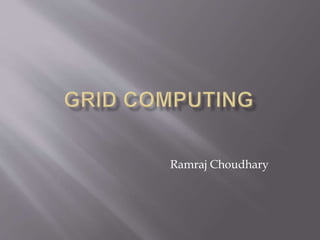




















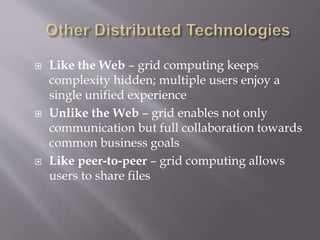






















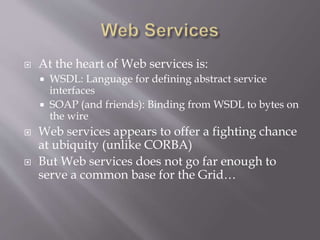
































































































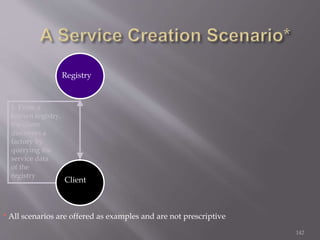
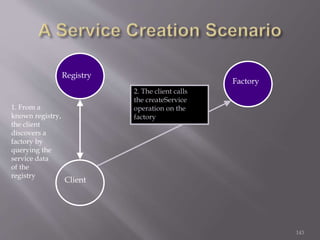



















































![• Class definition
public class MathImpl extends GridServiceImpl
implements MathPortType {
[constructor, add, divide, subtract,
multiply]
}
Contains basic
functionality common
to every Grid Service;
must implement this
class
Our autogenerated stub
${TUTORIAL_DIR}/gt3tutorial/core/fir
st/impl/MathImpl.java](https://image.slidesharecdn.com/gridcomputing-160410170939/85/Grid-computing-195-320.jpg)




![int a = Integer.parseInt(args[1]);
int b = Integer.parseInt(args[2]);
URL GSH = new java.net.URL(args[0]);
// Get a reference to the remote web service
MathServiceLocator mathService = new
MathServiceLocator();
MathPortType math = mathService.getMathService(GSH);
// Call remote method 'add’
int sum = math.add(a,b);
// Print result
System.out.println(a + " + " + b + " = " + sum);
${TUTORIAL_DIR}/gt3tutorial/core/first/client/MathClient.java](https://image.slidesharecdn.com/gridcomputing-160410170939/85/Grid-computing-200-320.jpg)




